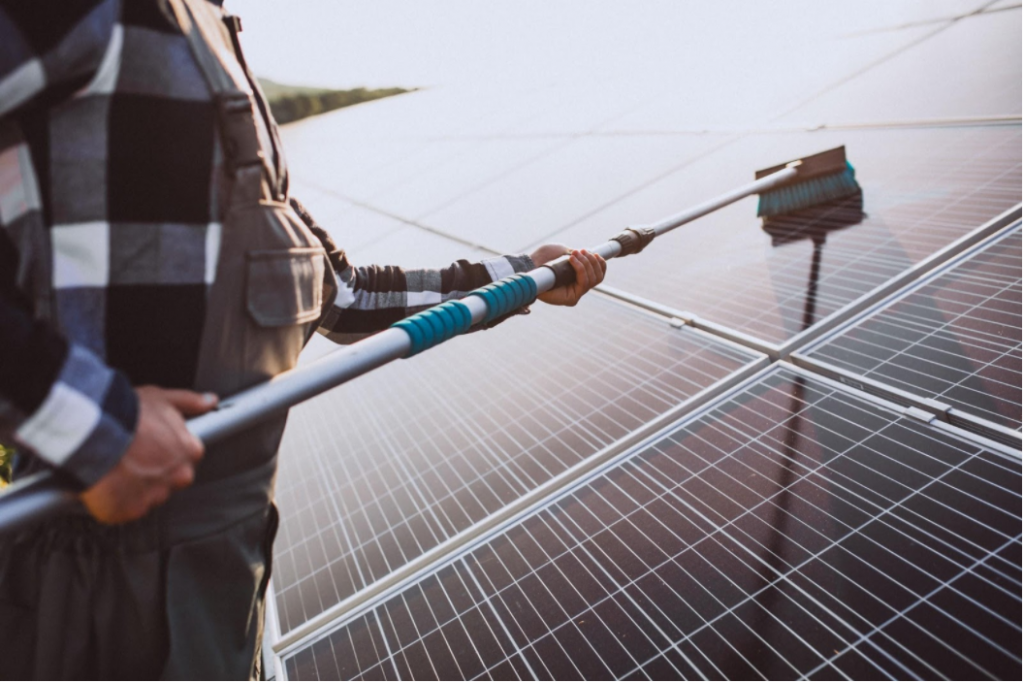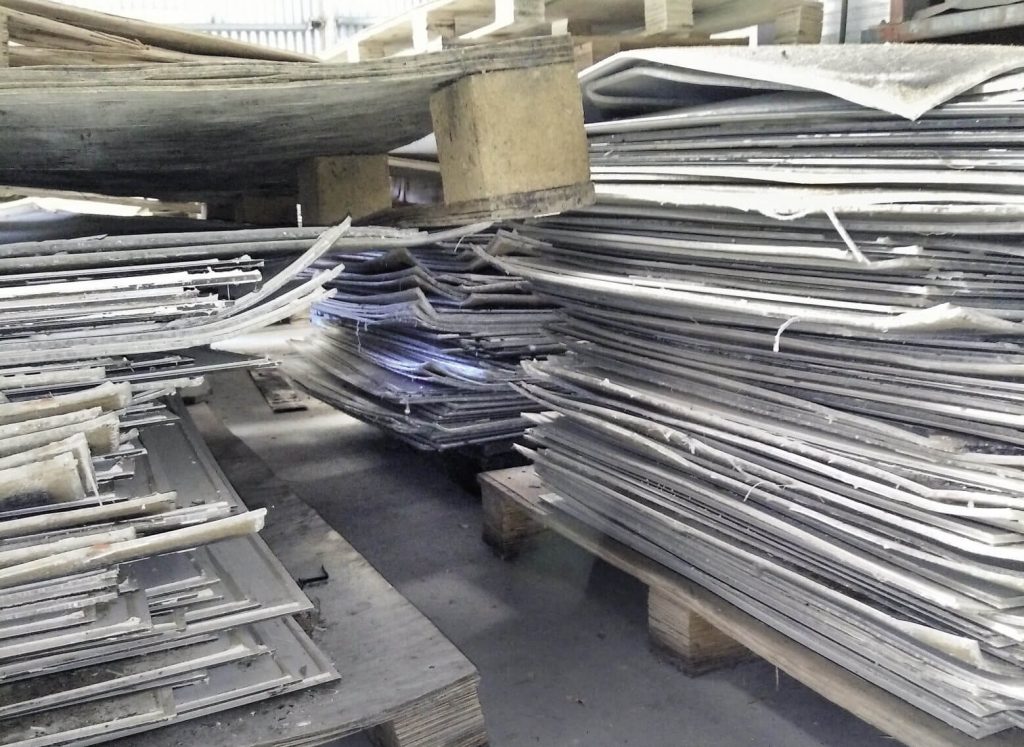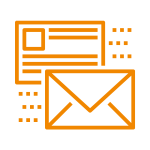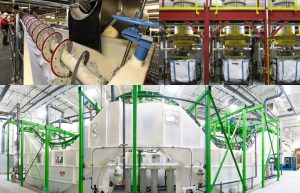What is the situation regarding Silicon-Based Solar Panel Recycling?
The International Renewable Energy Agency predicts that the world will face up to 78 million metric tons of cumulative solar panel wastage by 2050. At the moment, 90% of all installed solar modules are silicon-based. However, the commercial recycling of modules is not at its full potential yet. Indeed, PV waste organizations such as PV CYCLE in the EU or Solar Energy Industries Association in the US still have limited capacities and technologies.
Researchers from Arizona State University in collaboration with several other universities and companies such as First Solar and DuPont are examining the challenges and opportunities in silicon (Si) solar module recycling published in the Progress in Photovoltaic journal. In the framework of this study, researchers are conducting an overview of the current situation in silicon module recycling with the goal of proposing further approaches to improve the feasibility of recycling processes.
Recycling scenarios
Recycling facilities usually recover only the glass cullet from the module front glass, aluminum from the frame, and copper from the cable. These components make up 84.6% of the total module weight, but only 34.3% provide a potential revenue by material extraction from a 60-cell aluminum Back Surface Field (Al-BSF) module.
Researchers are studying three potential recycling scenarios for Si modules which are:
- Reusage the waste module
- Component extraction (similar to current commercial processes)
- Material extraction to recover all possible material

Reuse
The reuse of end-of-warranty solar panels is a rapid and simple process that only requires cleaning, visual inspection, and a quick test to make sure everything is still. A second-hand module market will then trade these modules, but eventually, they will cease functioning and must be recycled in any case.

Image source: PV magazine
Component extraction
Component extraction scenarios use commercially available machines to strip off the Al frame from the modules, and then remove the junction box. Finally, the glass with the Si solar cell is retrieved – the encapsulated layers and back-sheet are shredded and melted for new glass products. The glass recovered from these processes has a lower quality due to higher impurities, and toxic substances could be released which need to be dealt with safely.
Material extraction
Material extraction scenarios use the same processes to separate the Al frame and junction box from the module such as the above-mentioned component extraction scenarios. After which modules go through pyrolysis and an additional series of chemical processes to recover high valued material like Silicon or Silver.
Potential revenue
According to researchers’ estimations, the potential revenue for a 60-cell multicrystalline Al BSF module is $22 by module reuse, $18.14 by component extraction, and $10.61 by material extraction per module. Reusing old material is the best option but finding a large and constant market for a high amount of modules destined for decommissioning every year is a big challenge.
The best solution for component and material extraction is to standardize the silicon cell structure, efficiency, and module structure to lower the cost of collecting and processing wasted PV panels. However, with the developing market as it is nowadays, stabilization is unlikely to happen at such an early stage.
Thanks to constant developments and investments though, the PV industry is growing fast. For now, the challenge faced by Silicon solar module manufacturers is to keep up with the latest trends by designing highly reliable, performant PV panels for the lowest cost possible. Recyclability comes afterwards. Nevertheless, thanks to increasingly more investments in the photovoltaics sector from households and businesses, we can also expect more economic opportunities emerging in the recycling sector.
Image source: Solar Power World

Subscribe to our newsletter
so that you don’t miss any news!












